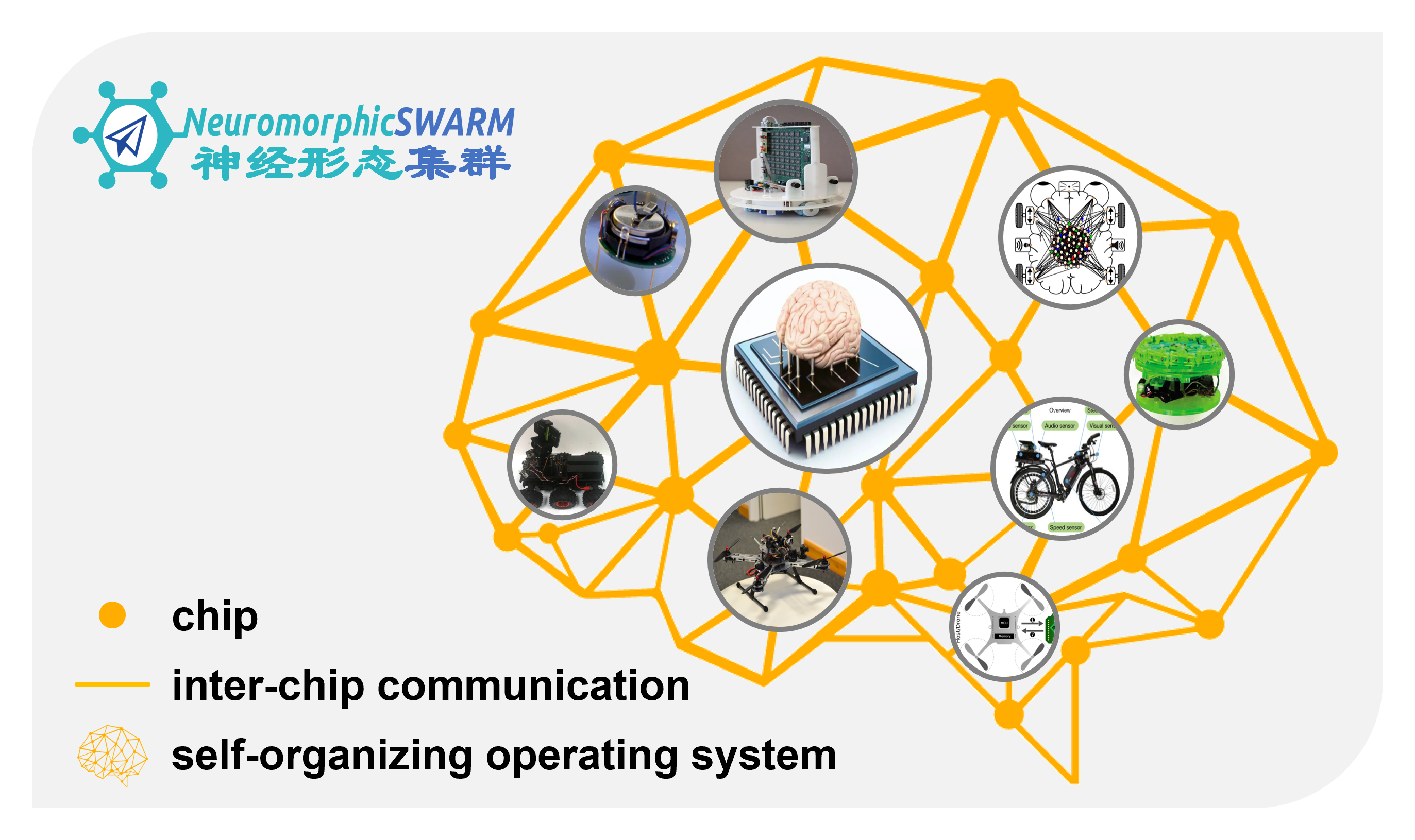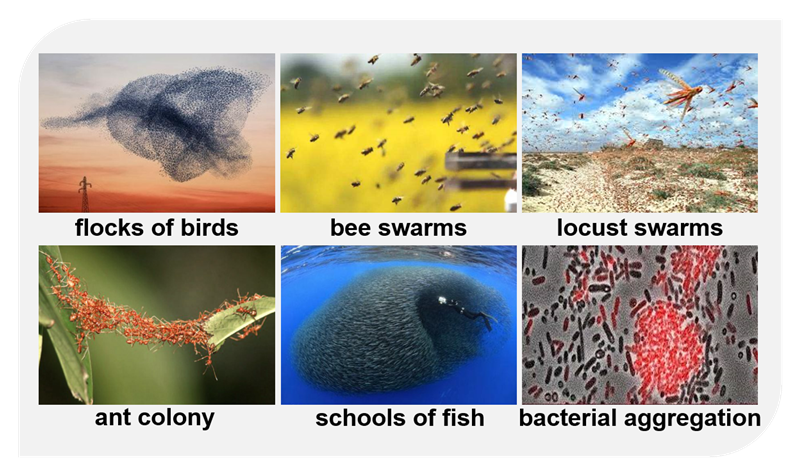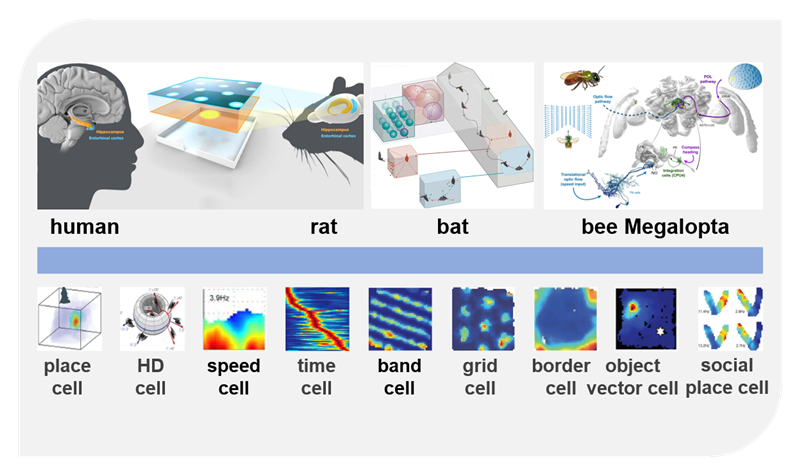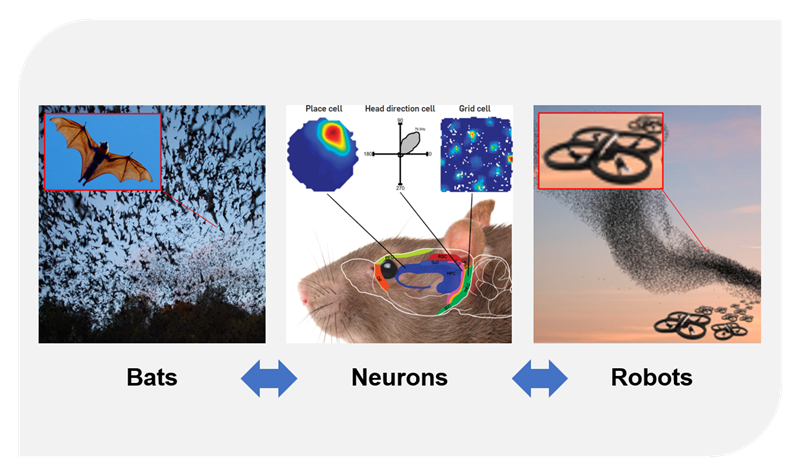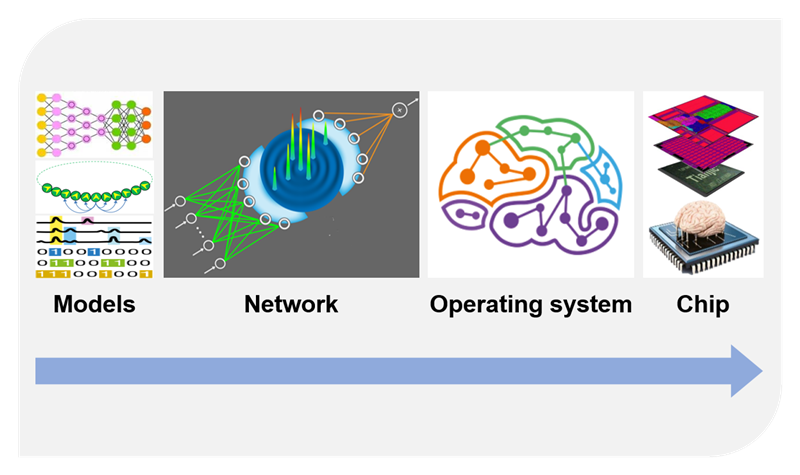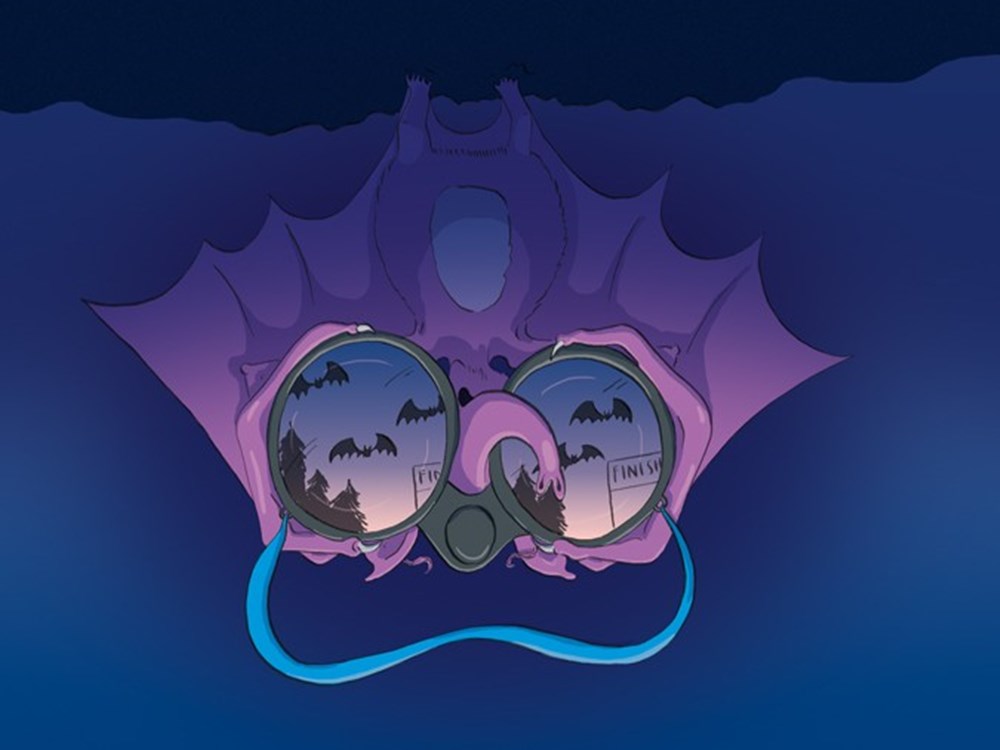Mr. Chuang Yang (杨闯) is currently a joint Ph.D. candidate of Electrical and Computer Engineering, supported by China Scholarship Council, working with Prof. Shuzhi Sam Ge at Social Robotics Lab, Department of Electrical and Computer Engineering, and Institute for Functional Intelligent Materials, National University of Singapore. He is also a PhD candidate of Navigation, Guidance and Control working with Prof. Jianye Liu and Prof. Zhi Xiong at Navigation Research Center, College of Automation Engineering, Nanjing University of Aeronautics and Astronautics, China. His research mainly focuses on Brain-Driven Robotics where the state-of-the-art brain driven spatial cognition, navigation and decision-making models for robotics are proposed and will be implemented on the neuromorphic chips. His research interests include: Brain Inspired navigation, Cooperative Navigation; Inertial-based Integrated Navigation; SALM; Neuromorphic Computing; Aerial Swarm. He is now working on the NeuromorphicSWARM Project. He is a member of IEEE, Royal Institute of Navigation, Chinese Association for Artificial Intelligence, Chinese Neuroscience Society, Chinese Association of Automation, and Chinese Society of Aeronautics and Astronautics. He is a responsible editor of Navigation Positioning and Timing, and also a Journal Reviewer of IEEE Transactions on Industrial Electronics, Chinese Journal of Aeronautics, Aircraft Engineering and Aerospace Technology, and Navigation Positioning and Timing.
How the brain encodes the spatial position of others ?
SOCIAL PLACE CELLS For social animals, such as bats and rats, tracking the position of a conspecific is important for social interactions such as observational learning. Much previous research has described how hippocampal place cells encode one’s own spatial location; however, the neuronal basis for encoding the position of another is unknown. Two new papers(Danjo et al., Omer et al.) identify so-called social place cells : neurons in the dorsal CA1 region (dCA1) of the hippocampus in bats and in rats that encode the position of an observed conspecific.


